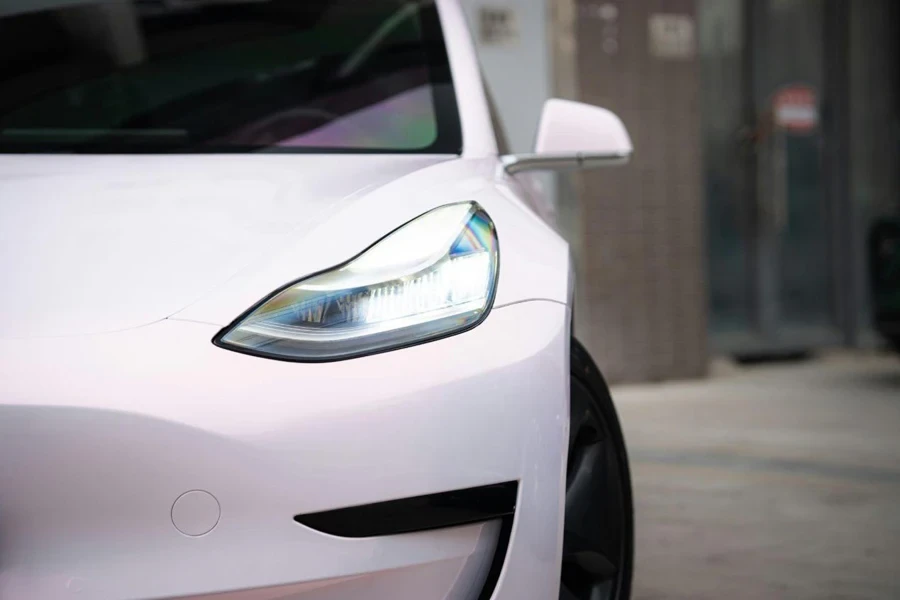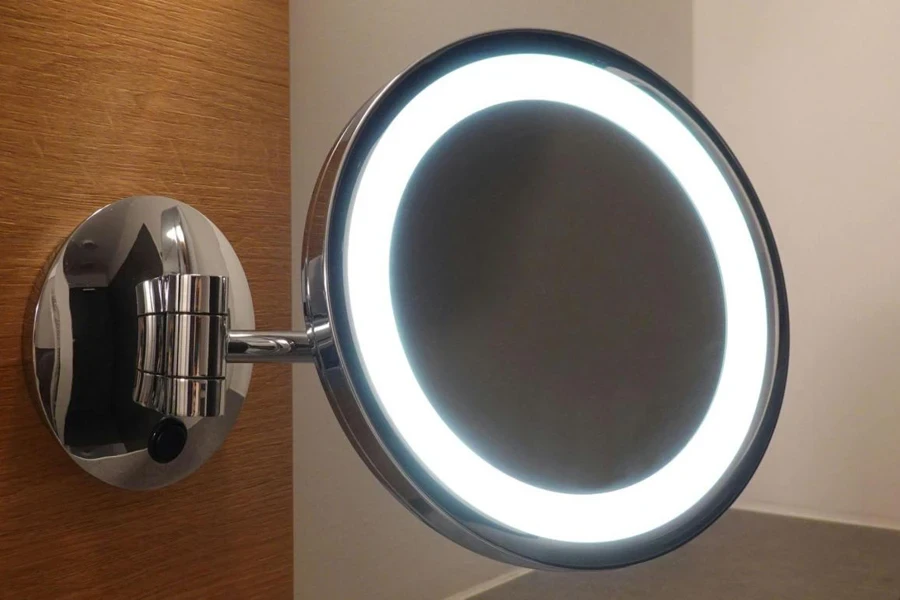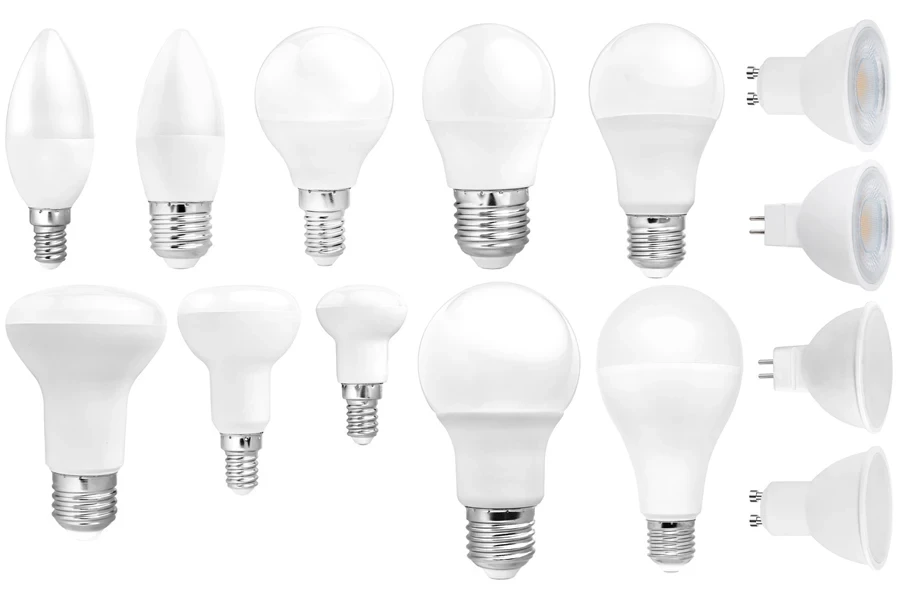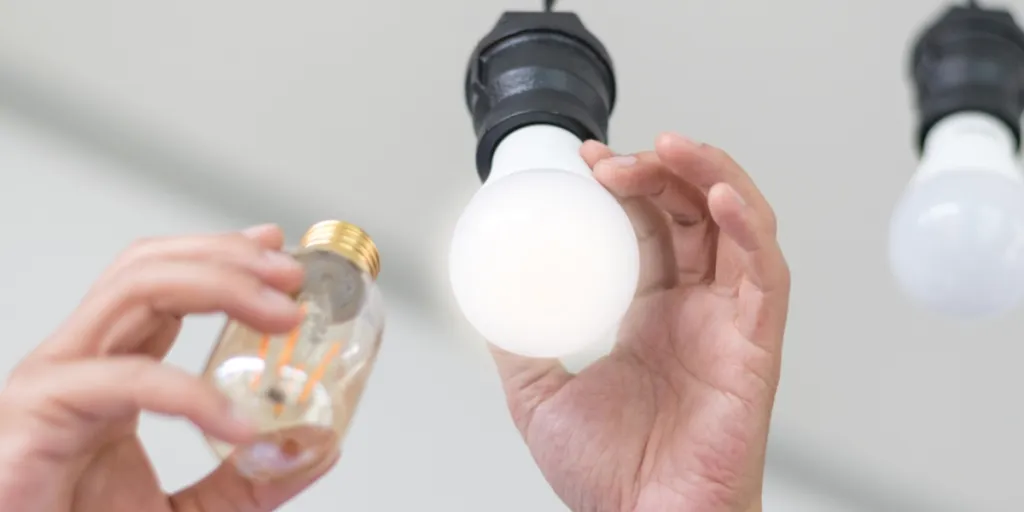As the global LED lighting market surges toward unprecedented growth, driven by technological innovations and sustainable energy practices, the industry stands at the forefront of a lighting revolution.
This article delves into the critical benefits, applications, and market significance of LED technology, offering a comprehensive analysis tailored for B2B professionals looking to capitalize on the transformative potential of this rapidly expanding sector.
Table of Contents
Market size and growth points
LED basic parameters
Latest developments
Conclusion
Market size and growth points
The global LED lighting market reached USD 814.8 billion in 2023 and is projected to grow at a compound annual growth rate (CAGR) of 11.0% from 2023 to 2030.
According to the latest LED industry report by TrendForce, the global LED market is expected to resume growth in 2024, with an anticipated output of USD 130 billion and a yearly growth rate of 3%.
Projected to reduce the lighting industry’s energy consumption by 30% by 2030, LED technology stands as a cornerstone of sustainable energy practices, with the potential to significantly alter the future landscape of lighting in the U.S. and worldwide.
As we look to 2035, LEDs are expected to dominate the lighting market, with projected energy savings equivalent to the output of over 92,000-megawatt power plants annually, showcasing their critical role in energy conservation and efficiency.

This growth is primarily driven by the gradual recovery of market demand in areas such as automotive lighting and displays, general lighting, LED displays, UV/infrared LED, and advancements in Micro LED technology applied in large display devices and watches.
Furthermore, market participants are offering a wide array of LED products such as LED strips, LED bulbs, and LED tube lights to target different potential audiences, thus supporting the growth of the LED lighting industry.
In the automotive sector, there is a notable increase in demand for LED displays, especially driven by advancements in advanced technologies such as adaptive headlights, Mini LED taillights, through-type taillights, ambient lighting, and Mini LED backlight displays. It is projected that the automotive LED market value will reach USD 3.4 billion this year.

Additionally, Micro LED technology will gradually be applied in areas such as interior reading lights, rotary knobs, and transparent displays, with further expansion expected into head-up displays and car window displays by 2026-2027.
In the UV LED market, manufacturers continue to introduce high-power sterilization and purification products, which are expected to gradually penetrate the household appliance and dynamic water sterilization markets from the second half of this year to 2026. Compared to traditional UV lamps, UV LED offers longer product lifespans and simpler optical designs, thus garnering widespread attention.
The field of agricultural lighting is also witnessing rapid progress with the decreasing cost of plant lighting products, leading to increased demand in Central and Eastern European countries like the Czech Republic and Poland.
Simultaneously, investments in plant lighting technology are on the rise in Asia and the high-latitude regions of Northern Europe, aimed at mitigating the long-term impacts of winter on food supply. By 2024, this is expected to drive significant growth in the LED market for plant lighting.

LED basic parameters
To fully understand LEDs, we need to start by examining their electrical parameters, application limits, and relevant indicators for lighting fixtures. This will help retailers to select the right options for a range of applications.
LED electrical parameters at a microscopic level
1. Spectral distribution and peak wavelength: The light emitted by an LED isn’t a single wavelength; rather, it consists of various wavelengths, with one wavelength (λ0) having the maximum intensity, known as the peak wavelength.
2. Luminous intensity (IV): This refers to the intensity of light emitted by an LED, typically measured in the normal direction (or along the axis for cylindrical LED). It’s expressed in candelas (cd) when the radiation intensity in that direction is 1/683 W/sr.
3. Spectral bandwidth (Δλ): It represents the purity of the LED’s spectrum, indicating the separation between two wavelengths corresponding to half of the peak intensity.
4. Half-intensity angle (θ1/2) and viewing angle: θ1/2 refers to the angle between the direction of half the intensity value and the emission axis (normal direction) of the LED.
5. Forward operating current (IF): This is the forward current value when the LED is emitting light normally. For safety, the actual current (IF) should be below 0.6IFm.
6. Forward operating voltage (VF): The specified operating voltage in the datasheet is obtained at a given forward current. It’s typically measured at IF=20mA and ranges from 1.4 to 3V for LED.

LED-related application limit parameters
1. Permissible power dissipation (Pm): The maximum value obtained by multiplying the forward DC voltage across the LED terminals by the current passing through it. Exceeding this value can lead to overheating and damage to the LED.
2. Maximum forward DC current (IFm): The maximum allowable forward DC current. Exceeding the value results in a damaged diode.
3. Maximum reverse voltage (VRm): The reverse voltage allowed in the maximum range. Exceeding this value may cause breakdown and damage to the LED.
4. Operating environment (topm): The temperature range in which the LED can operate normally. Operating below or above this temperature range significantly reduces efficiency.
LED fixture-related indicators
1. Luminous efficacy: It’s the ratio of the net luminous flux (in lumens) emitted by a fixture to the input power (in watts) measured in lm/W. Cold white LED with a color temperature of 5000K or higher typically has higher luminous efficacy
2. Color Rendering Index (CRI): It characterizes the ability of rendering the colors of objects by a light source compared to a standard reference light source (daylight or incandescent lamp). A higher CRI means a better color rendering ability.
3. Correlated Color Temperature (CCT): It refers to the color appearance of the light emitted by a source compared to that of a black body radiator at a particular temperature, measured in Kelvin (K).

LED classification encompasses various aspects
1. Based on emission color: Red, orange, green, blue, etc., with some LEDs even containing chips of two or three colors.
2. Based on emission surface characteristics: Circular, square, rectangular, surface-emitting, side-emitting, etc.
3. Based on luminous intensity angle distribution: High directivity, standard, and diffused types.
In terms of structure, LED comes in various types, such as epoxy encapsulation, metal base epoxy encapsulation, ceramic base epoxy encapsulation, and glass encapsulation. Additionally, LEDs can be classified into ordinary brightness and ultra-high brightness based on luminous intensity and operating current.
For testing, ordinary LEDs can usually be tested for electrical characteristics using a multimeter, while infrared LEDs require additional photosensitive devices for testing as infrared light is invisible to the human eye.
| LED material | Chemical formula | Color |
| Aluminum gallium arsenide, Gallium arsenide, Gallium arsenide phosphide, Indium gallium phosphide, Aluminum gallium phosphide (doped zinc oxide) | AlGaAs, GaAsP, AlGaInP, GaP:ZnO | Red and infrared |
| Aluminum gallium phosphide, Indium gallium nitride/gallium nitride, Gallium phosphide, Indium gallium aluminum phosphide, Aluminum gallium phosphide | InGaN/GaN, GaP, AlGaInP, AlGaP | green |
| Aluminum indium phosphide, Gallium arsenide, Phosphide, Indium gallium aluminum phosphide, Gallium phosphide | GaAsPAlGaInP, AlGaInP, GaP | High brightness orange-red, orange, yellow, green |
| Gallium arsenide phosphate | GaAsP | Red, orange, yellow |
| Phosphide of gallium, Selenide of zinc, Indium gallium nitride, Silicon carbide | GaP ZnSe InGaN SiC | Red, yellow, green |
| Gallium nitride | GaN | Green, emerald green, blue |
| Indium gallium nitride | InGaN | Near UV, blue-green, blue |
| Silicon carbide | SiC | blue |
| Silicon (as substrate) | Si | blue |
| Sapphire (as substrate) | Al2O3 | blue |
| Zinc selenide | ZnSe | blue |
| Diamond | C | Ultraviolet light |
| Aluminum nitride, aluminum gallium nitride | AlN AlGaN | The wavelength is ultraviolet light from far to near |
Latest developments
Different application areas
Technology comparison: LED and OLED are two widely used display technologies with distinct characteristics, leading to differences in their application areas.
LED displays are extensively used in outdoor billboards, large screens, and venues due to their brightness and durability, giving them an advantage in bright environments.
On the other hand, OLED displays find widespread application in small devices and consumer electronics such as smartphones, tablets, and televisions. The ultra-thin design and excellent picture quality of OLED displays make them the preferred choice for high-end electronic products.
Next-generation display technology
Micro-LED boasts high resolution, low power consumption, high brightness, high contrast, vibrant color saturation, rapid response time, thin profile, and long lifespan. It consumes up to 10% of the power of LCDs and 50% of OLED, positioning it as the next-generation display technology anticipated by the industry.
Similar to LED, Micro-LED features a typical semiconductor structure composed of direct bandgap semiconductor materials. The semiconductor chip consists of a P-type semiconductor where holes dominate and an N-type semiconductor where electrons prevail. When a current flows through the chip via conductors, electrons are pushed towards the P region, where they recombine with holes, emitting energy in the form of photons.

The main wavelength of the Micro-LED spectrum is around 20nm ultraviolet light, offering extremely high color saturation. Compared to traditional LED devices, the new Micro-LED has shrunk from a typical size of 300-1000 micrometers to 1-100 micrometers, allowing for a higher integration quantity on the same chip area. Due to the inherent light-emitting characteristics of LED, Micro-LED significantly improves light-to-electricity conversion efficiency, enabling the design of low-energy or high-brightness displays.
Micro-LED involves the thinning, miniaturization, and arraying of LED structures, with dimensions around 1-100 micrometers. Subsequently, Micro-LEDs are mass-transferred onto circuit substrates, which can be rigid or flexible and transparent or opaque. Finally, a physical deposition process is used to complete the protective layer and top electrode, enabling the encapsulation of the upper substrate.
The U.S. Micro LED display startup Q-Pixel has announced the successful development of the world’s highest-resolution active matrix Micro LED display. This display boasts a pixel density of up to 6800 PPI, with dimensions of 1.1cm * 0.55cm and a 3K * 1.5K resolution.
Expansion into other application areas
In addition to technological innovations, LED’s expansion into other application areas is foreseeable. LED’s independent color adjustment potential allows emission performance adjustments according to different needs. Such spectral control lighting can adapt to human physiological responses, with intensive LED lighting having an increasing impact in the medical field, aiding in improving focus or sleep, alleviating muscle tension, or treating skin diseases.
Moreover, specific wavelength solid-state lighting is expected to stimulate photosynthesis and optimize greenhouse crop growth. With continuous development in cost-effectiveness and performance in the LED field, we are set to benefit from new LED products.

Conclusion
LED technology has greatly enhanced various aspects of our lives, resulting in a massive market size and widespread applications. Recent advancements also reveal its enormous potential in sectors like healthcare and agriculture. Micro-LED technology’s latest development is rapidly evolving and poised to enrich our lives further.
This blog post also provides a foundational and comprehensive understanding of the principles behind LED illumination and the key parameters to consider when selecting related products, such as luminous efficacy, color rendering, and color temperature, essential for choosing the best options on the market for your buyers.




